Description
Re-Melting Not Required
In the case of most highly cross-linked polyethylenes, an anneal or re-melt step occurs following cross-linking to link free radicals (created by the irradiation). Annealing or re-melting polyethylene can reduce mechanical strength properties.2
Because vitamin E neutralizes the negative effects of free radicals,2 an anneal or re-melt step is rendered unnecessary. In a material yield strength test, compression molded samples and e+ samples performed statistically the same, while a highly cross-linked re- melted sample exhibited a 12% drop in yield strength.1
Maximum Mechanical Strength
The impact of oxygen exposure to e+ samples was evaluated in accelerated aging tests. Un-aged and aged e+ samples yielded the same results during yield strength testing.
Impact testing for the aged e+ sample actually revealed slightly better results than the un-aged sample1, indicating that oxygen has no negative impact on e+.
Blended In
Vitamin E is blended right into the resin, assuring complete homogeneous distribution. Scatter Electron Microscope (SEM) and polarized light microscopy from freeze fracture specimen show that e+ has equivalent consolidation as conventional compression molded UHMWPE.1
Accelerated Aging Performance
Infrared spectroscopy (FTIR) analysis showed no detectable oxidation in un-aged and intensely aged e+ samples.1 This explains why intense aging appears to have no effect on test samples.
Naturally Occurring Anti-Oxidant
Vitamin E (α-tocopherol) is the most effective naturally occurring anti-oxidant in the human body.2

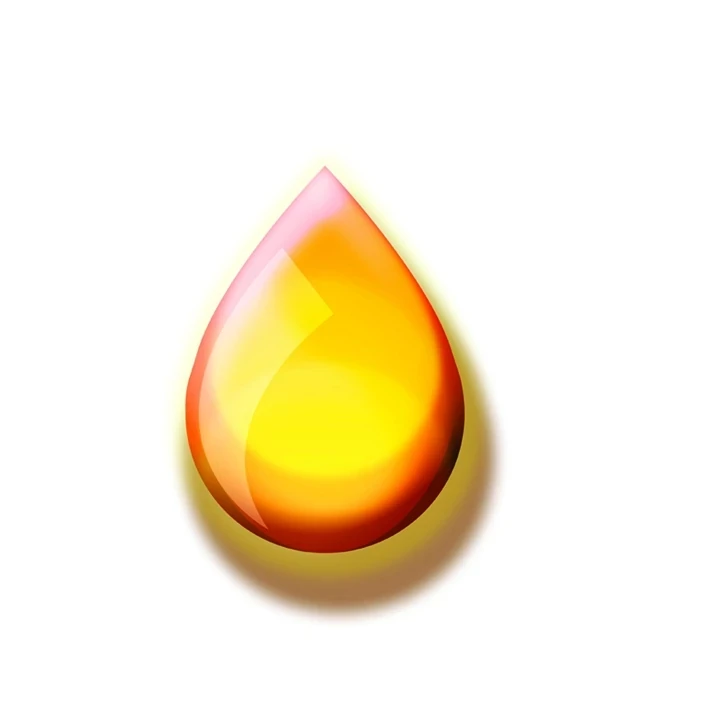

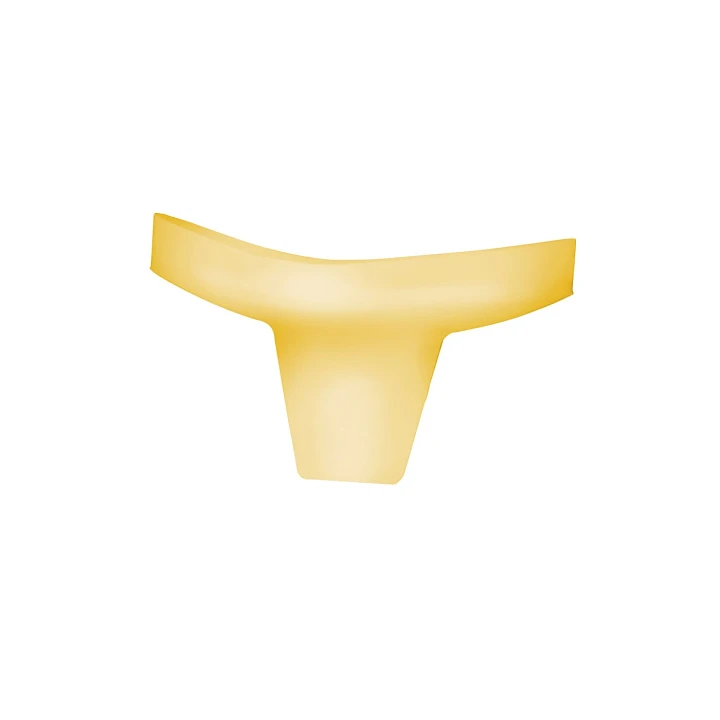
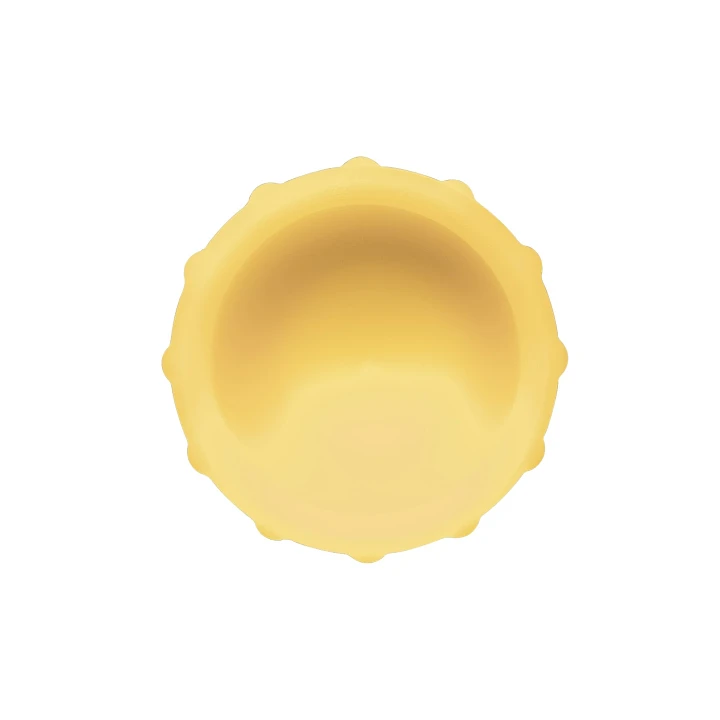
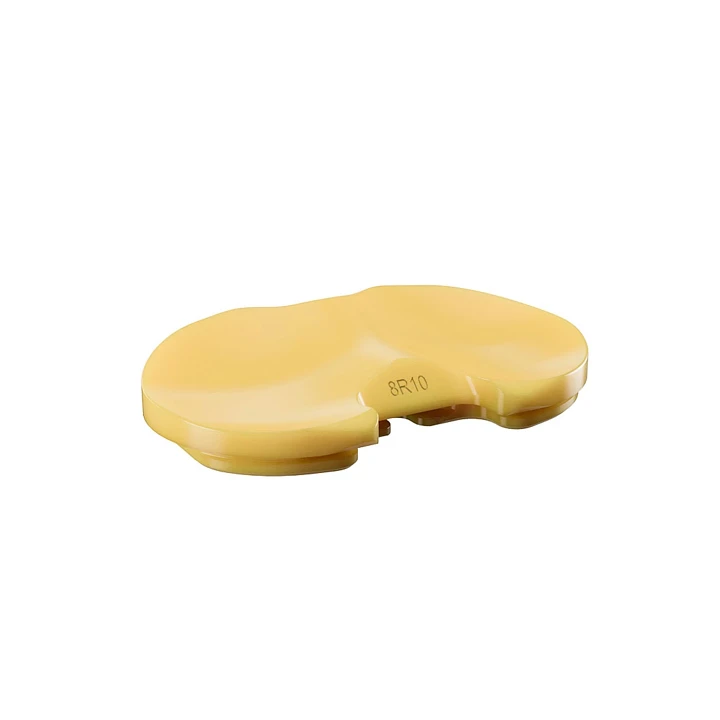
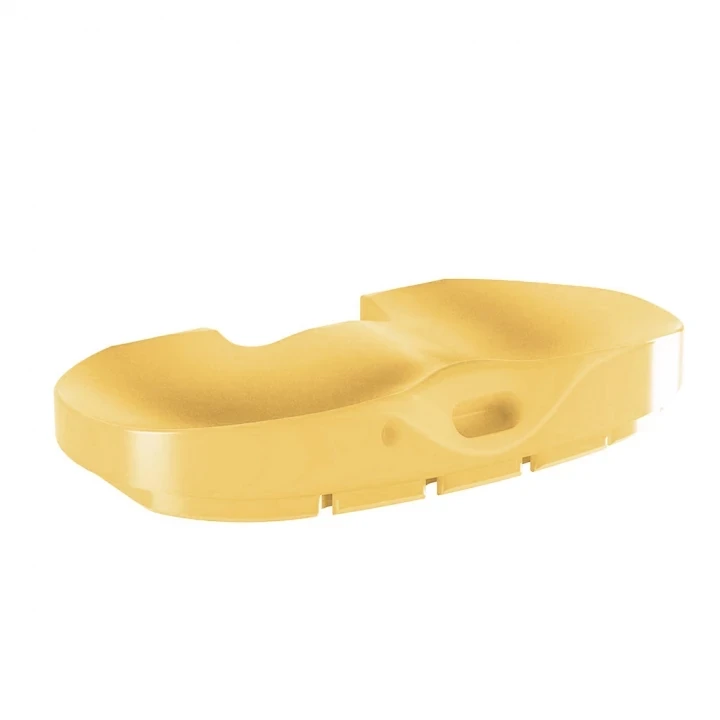
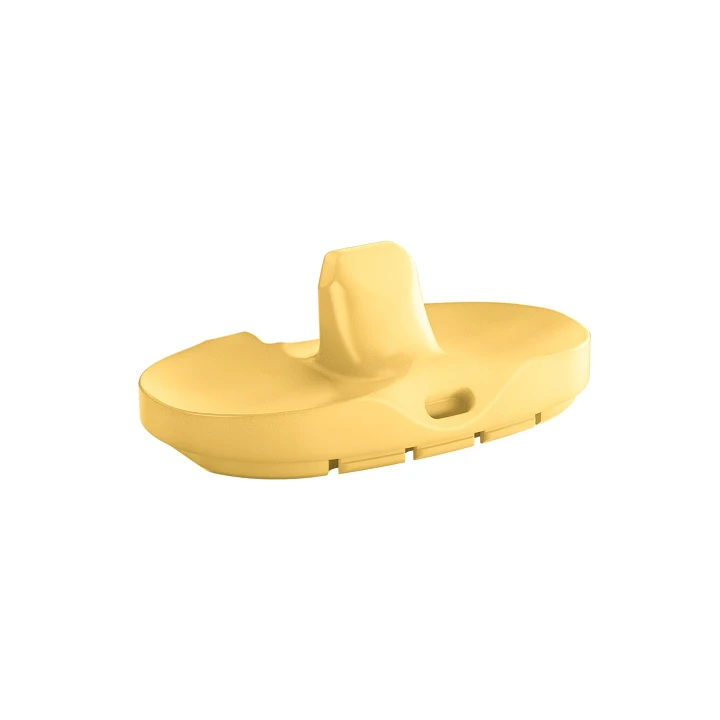
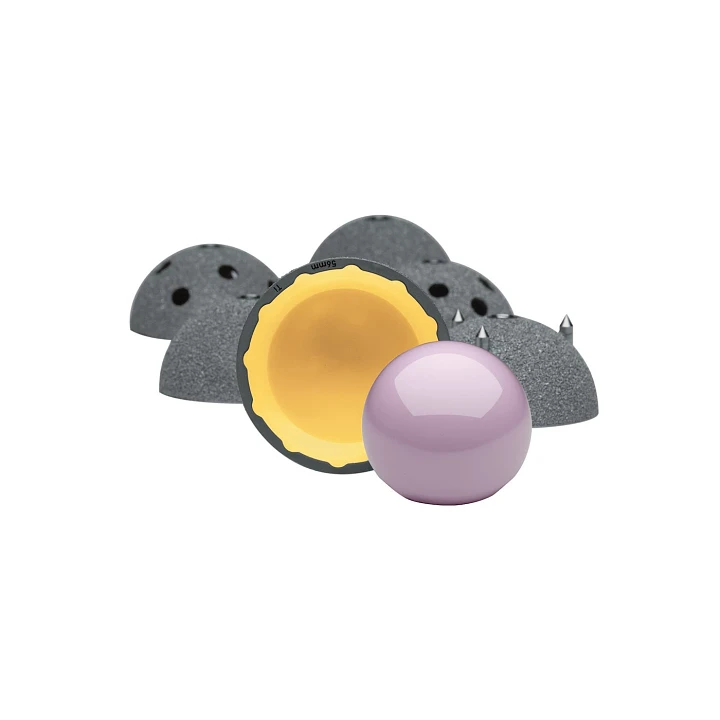
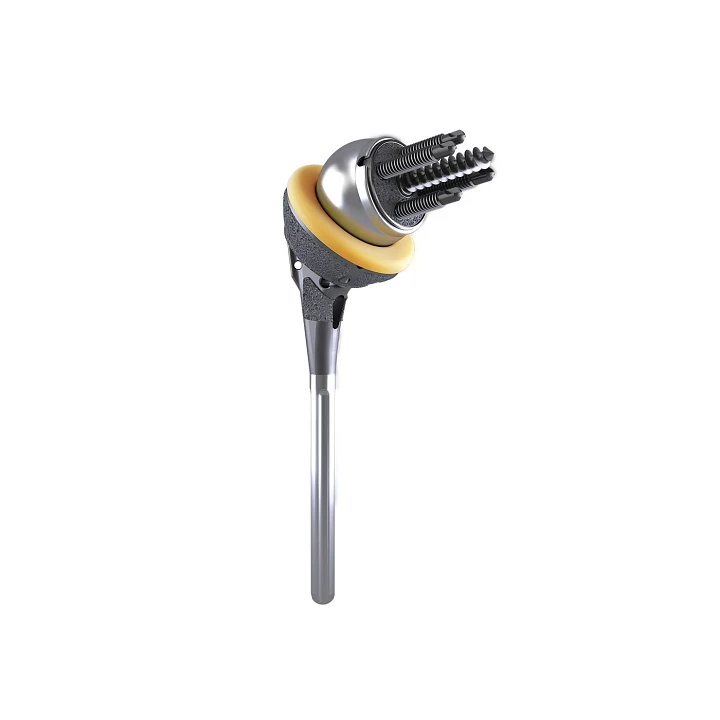
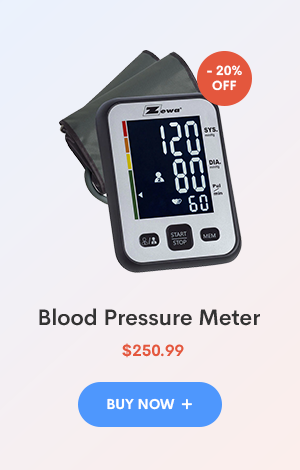
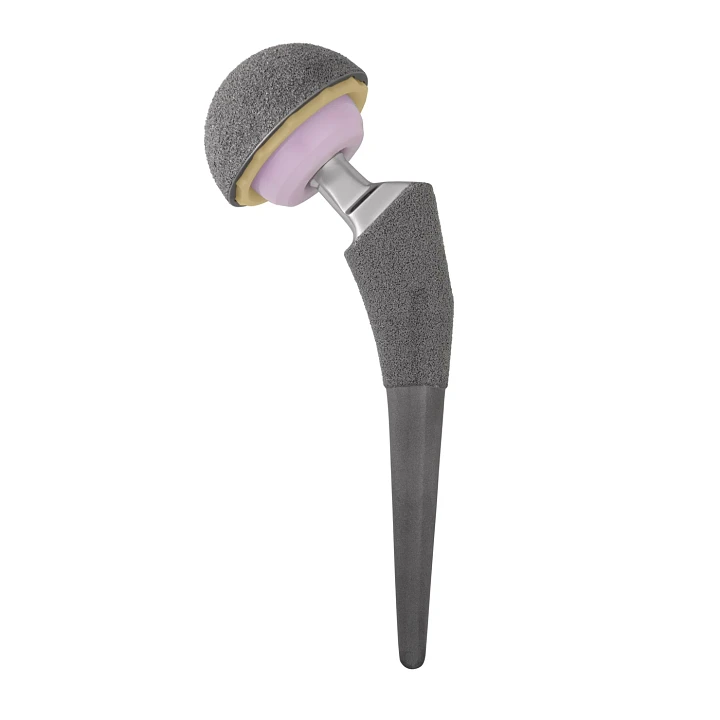
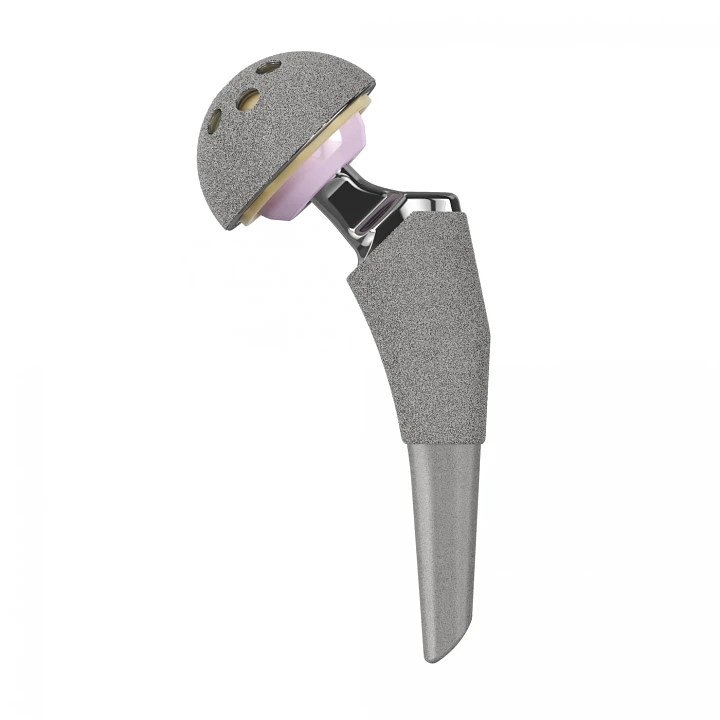
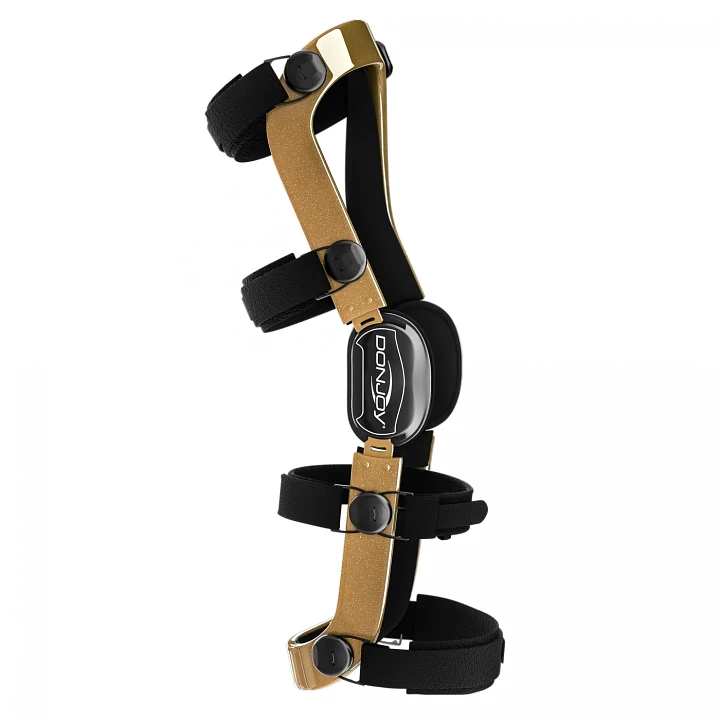
Reviews
There are no reviews yet.